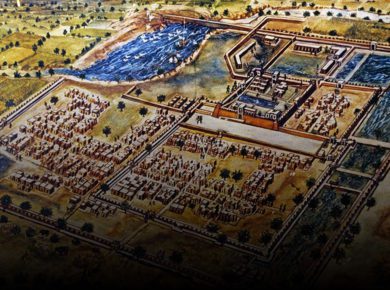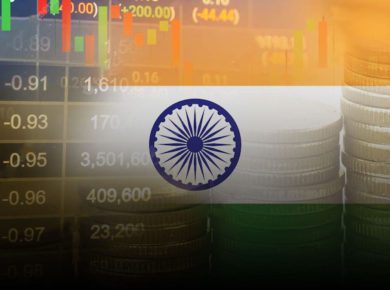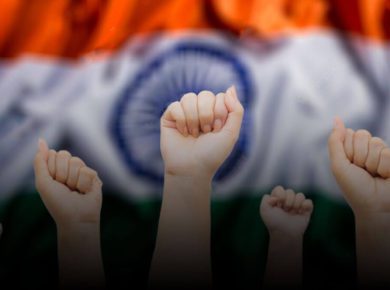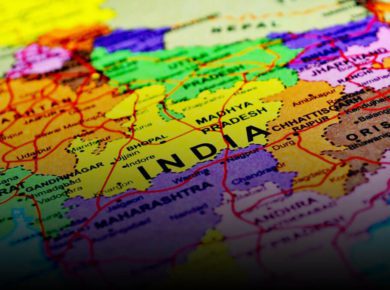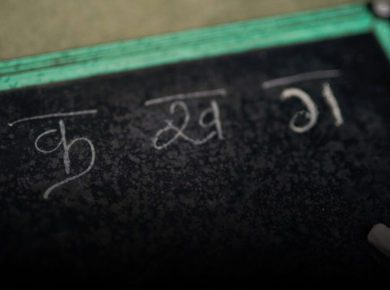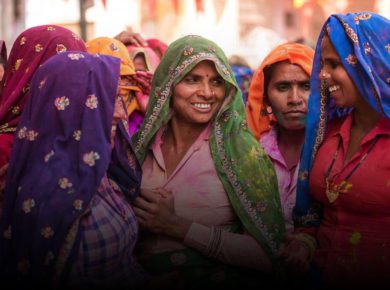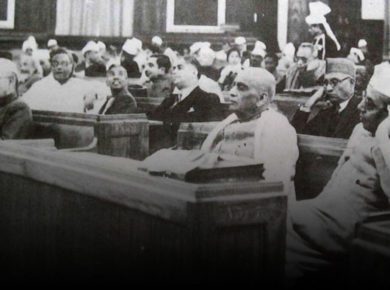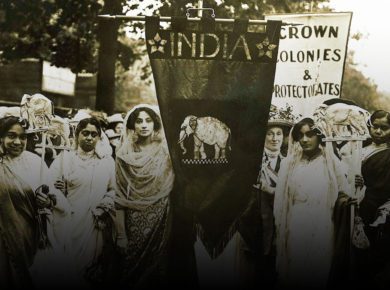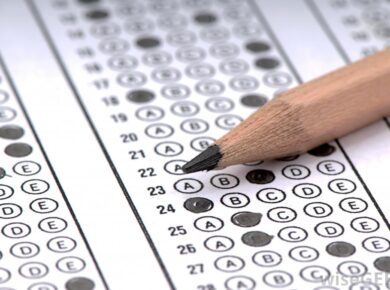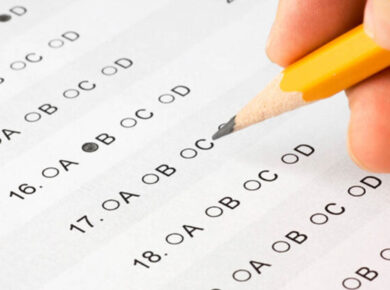Browsing Category
Post Independence India
Post-Independence India (1947–Present)
After India gained independence from British colonial rule in 1947, the country embarked on a path of nation-building, addressing complex political, social, and economic challenges. Over the decades, India has evolved into the world’s largest democracy and a major player in global politics. Let’s explore the key events, developments, and challenges that have shaped post-independence India.
1. Partition and Its Aftermath (1947)
When India gained independence on August 15, 1947, it was partitioned into two nations—India and Pakistan—based on religious lines. The partition caused mass displacement, communal violence, and the loss of millions of lives. Hindus and Sikhs moved to India, while Muslims migrated to Pakistan, creating one of the largest mass migrations in history.
- Consequences of Partition: The partition sowed the seeds of long-lasting animosity between India and Pakistan, leading to three wars (1947, 1965, 1971) and the ongoing Kashmir dispute.
2. Constitution of India (1950)
On January 26, 1950, India adopted its Constitution, which made India a sovereign, secular, democratic republic. Dr. B.R. Ambedkar played a key role in drafting the Constitution, which guarantees fundamental rights and sets out the separation of powers between the executive, legislature, and judiciary.
- Key Features of the Constitution:
- Secularism: India does not favor any religion and provides freedom of religion to all.
- Democratic System: India adopted a parliamentary democracy, with a President as the ceremonial head of state and a Prime Minister as the head of government.
- Federal Structure: India is a federal union, where power is divided between the central government and individual states.
3. Leadership of Jawaharlal Nehru (1947–1964)
Jawaharlal Nehru, India’s first Prime Minister, was at the forefront of shaping the newly independent nation. Nehru focused on the modernization of India’s economy, social reforms, and establishing a non-aligned position in global politics.
a) Nehru’s Vision
- Socialism and Economic Planning: Nehru emphasized industrialization and state-led economic development through Five-Year Plans. Under his leadership, the government took control of key industries and institutions.
- Non-Alignment: India, under Nehru, became a founding member of the Non-Aligned Movement (NAM), which sought to avoid alignment with either the U.S. or the Soviet Union during the Cold War.
- Educational and Scientific Reforms: Nehru encouraged the establishment of institutions like the Indian Institutes of Technology (IITs) and Indian Institutes of Management (IIMs).
b) Challenges
- Kashmir Conflict: The region of Kashmir became a flashpoint in India-Pakistan relations. The first Indo-Pakistani War in 1947-48 ended with a UN-brokered ceasefire, but Kashmir’s status remained unresolved.
- China-India War (1962): Tensions with China over the border, especially in the Aksai Chin and Arunachal Pradesh, culminated in a brief but significant war in 1962. The conflict ended in India’s defeat and exposed vulnerabilities in India’s defense capabilities.
4. Indira Gandhi’s Leadership (1966–1977, 1980–1984)
Indira Gandhi, the daughter of Jawaharlal Nehru, became the Prime Minister in 1966. She led the country through some of the most critical and controversial periods of Indian history.
a) The Emergency (1975–1977)
In 1975, facing growing opposition and political unrest, Indira Gandhi declared a State of Emergency, suspending civil liberties and curbing political opposition. During the emergency, thousands of political opponents were arrested, and press censorship was imposed.
- Impact: The emergency led to widespread resentment. In 1977, the Indian National Congress (INC) was defeated, and Morarji Desai of the Janata Party became Prime Minister.
b) Return to Power (1980)
Indira Gandhi returned to power in 1980, but her second tenure was marked by challenges such as growing Sikh militancy and economic instability.
c) The 1984 Anti-Sikh Riots and Assassination
- Operation Blue Star (1984): In 1984, in response to the growing Sikh separatist movement in Punjab, Indira Gandhi ordered a military operation to remove militants from the Golden Temple in Amritsar. The operation led to significant casualties and damage to the temple, angering the Sikh community.
- Assassination: Later in 1984, Indira Gandhi was assassinated by her Sikh bodyguards, leading to widespread anti-Sikh riots in which thousands of Sikhs were killed.
5. Economic Liberalization (1991)
In the early 1990s, India faced a severe economic crisis, with a balance of payments deficit, inflation, and a devalued currency. To address the crisis, the government, under Prime Minister P.V. Narasimha Rao and Finance Minister Dr. Manmohan Singh, introduced major economic reforms in 1991.
a) Key Reforms
- Liberalization: The government reduced import tariffs, devalued the rupee, and opened up the economy to foreign investments.
- Privatization and Deregulation: Many state-owned enterprises were privatized, and regulations that hindered business were relaxed.
- Global Integration: India moved toward integrating with the global economy, leading to a rapid growth in trade, industry, and services.
b) Impact
The liberalization reforms transformed India’s economy, leading to rapid economic growth, the rise of India’s information technology (IT) sector, and increased foreign investment. However, inequality and unemployment also grew as a result of the reforms.
6. Political Landscape and Coalition Governments
After the 1990s, India witnessed the rise of regional parties and coalition governments, changing the political landscape.
- Rise of the Bharatiya Janata Party (BJP): The BJP, a right-wing Hindu nationalist party, emerged as a major political force in the 1990s. Under Atal Bihari Vajpayee, the BJP-led coalition government took power in 1998, and Vajpayee served as Prime Minister from 1998 to 2004.
- Secularism vs. Hindu Nationalism: The BJP’s rise was linked to the promotion of Hindu nationalist ideas, leading to tensions between religious communities in India. The Babri Masjid demolition (1992), riots, and debates over the status of Ayodhya played a significant role in shaping this era.
7. India in the 21st Century
India entered the 21st century as an emerging global power. The country’s IT sector and space programs, including the successful Mars Orbiter Mission in 2013, have bolstered its international profile.
a) The U.S.-India Relations
In the early 2000s, India and the United States forged stronger ties, especially in the areas of defense, trade, and counter-terrorism. The 2005 U.S.-India nuclear deal marked a pivotal moment in this partnership.
b) Economic Growth and Challenges
India’s economy grew rapidly in the 2000s, with GDP growth averaging around 7–8% annually. However, challenges such as poverty, unemployment, and income inequality remained persistent. In 2016, the government launched a controversial demonetization drive to combat black money and corruption.
c) Narendra Modi’s Leadership (2014–Present)
Narendra Modi, the leader of the BJP, became Prime Minister in 2014 and was re-elected in 2019. His tenure has been marked by efforts to modernize India’s economy, promote Make in India, and assert India’s role as a global power. However, his government has faced criticism for its handling of issues like religious polarization, human rightsconcerns, and the Kashmir conflict.
8. Challenges and Future Prospects
India faces several key challenges as it moves forward:
- Poverty and Inequality: Despite significant economic growth, India’s poverty rate remains high, and economic inequality persists.
- Environmental Issues: Air pollution, water scarcity, and deforestation continue to be significant problems.
- Geopolitical Tensions: Relations with neighboring countries, especially Pakistan and China, remain complex, with territorial disputes in Kashmir and the border.
Conclusion
Post-independence India has navigated a complex path, transforming from a newly independent nation to one of the world’s largest and most influential democracies. The journey has been marked by political upheavals, economic reforms, social changes, and a constant balancing act between tradition and modernization. India’s future, while facing numerous challenges, holds immense promise as it continues to grow and play an increasingly central role in global affairs.
